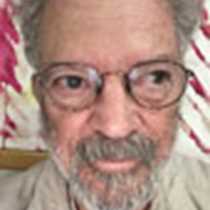At Sea
It is morning in the Drake Passage, Antarctica is behind us, but we are still in the Southern Ocean, south of the Convergence where the water temperature is less than 32 degrees Fahrenheit. Our entourage of birds are still Antarcticans, including the Antarctic petrel. The seas are from the west, an endless process circling the world, the West Wind Drift. We live in a special time, Antarctica is isolated and distant, but not impossible, something that will change as the world becomes smaller.
Yesterday we were at Port Lockroy, a camp for whalers and sealers, then a British base famous for measurements of atmospheric ozone, now a museum and gift shop overrun with penguins. Antarctica is changing, but in most ways not as fast as the rest of the world. Indeed, in some ways it is reverting to what it was before the great Age of Discovery and Exploration, with the larger, more “valuable” animals coming back. Now is the time to see Antarctica, as it was, albeit, a little bit warmer.
When diving at Port Lockroy it is not at all difficult to find whale bones, they are liberally scattered about. The bones use to be well organized, a butchered giant left to sink in the relatively shallow, protected water, easily recognizable. But each year the bones are further displaced and buried by icebergs plowing through the soft sediments, camouflaged by anemones and sponges, until someday they will be gone, forgotten by most, but not by us. It is two days to Ushuaia… two days of sorting photos and memories, a long time to travel from one place to another in this day and age, something that will not happen again until people leave the Earth, destined for other planets.




